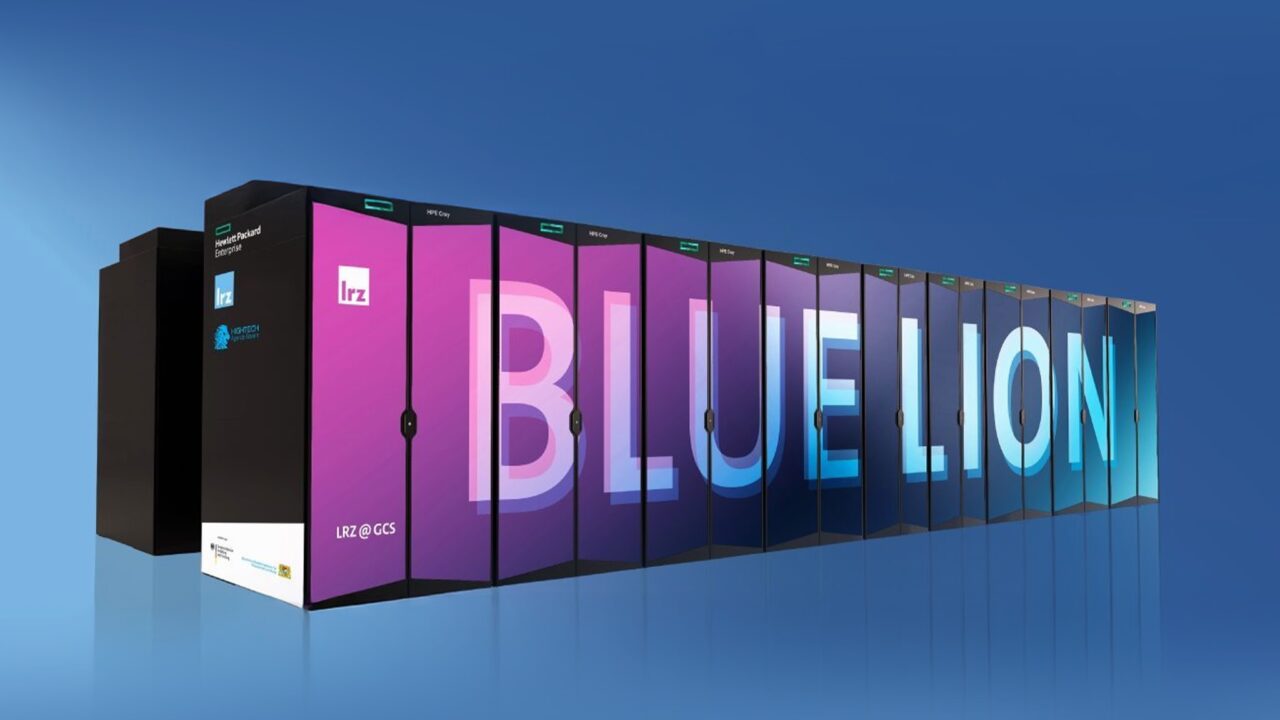Germany’s Leibniz Supercomputing Centre, LRZ, is gaining a new supercomputer that delivers roughly 30x more computing power compared with SuperMUC-NG, the current LRZ high-performance computer. It’s called Blue Lion. And it will run on the NVIDIA Vera Rubin architecture.
That’s new. Until now, LRZ — part of the Gauss Centre for Supercomputing, Germany’s leading HPC institution — had only said its next system would use “next-generation” NVIDIA accelerators and processors.
We’re confirming it: That next generation is Vera Rubin, NVIDIA’s upcoming platform for AI and accelerated science.
If the name sounds familiar, it should. Last month, Lawrence Berkeley National Lab unveiled Doudna, its next flagship system that will also be powered by Vera Rubin.
Two continents. Two systems. Same architecture.
What Is Vera Rubin?
Vera Rubin is a superchip. It combines:
- Rubin GPU — the successor to NVIDIA Blackwell
- Vera CPU — NVIDIA’s first custom CPU, built to work in lockstep with the GPU
Together, they form a platform built to collapse simulation, data and AI into a single, high-bandwidth, low-latency engine for science. It combines shared memory, coherent compute and in-network acceleration — and is launching in the second half of 2026.
Blue Lion is built to meet it.
About the System
HPE is building Blue Lion. It will use next-generation HPE Cray technology and feature NVIDIA GPUs in a system equipped with powerful storage and interconnect that harnesses HPE’s 100% fanless direct liquid-cooling systems architecture, which uses warm water delivered through pipes to efficiently cool the supercomputer.
It’s built for researchers working on climate, turbulence, physics and machine learning, with workflows that blend classic simulation and modern AI. Jobs can scale across the entire system. Heat from the racks will be reused to warm nearby buildings.
And it’s not just local. Blue Lion will support collaborative research projects across Europe.
About the Doudna Supercomputer
Meanwhile, in Berkeley, California, Doudna, the U.S. Department of Energy’s next supercomputer, will also run Vera Rubin. Built by Dell Technologies, the supercomputer is named for Nobel laureate and CRISPR pioneer Jennifer Doudna and will serve over 11,000 researchers when it launches next year.
Doudna will be wired for real-time workflows and optimized for science results per joule of energy. Data streams in from telescopes, genome sequencers and fusion experiments and lands directly in the system via NVIDIA Quantum-X800 InfiniBand networking. Processing starts instantly. Feedback loops are live.
It’s designed to advance fusion energy, materials discovery and biology faster. Compared with its predecessor, it’s expected to deliver 10x more application performance, using just 2-3x the power. That’s 3-5x better performance per watt.
Why This All Matters
Blue Lion and Doudna aren’t just big machines. They’re signals of what comes next: a shift in how high-performance systems are designed, used and connected.
AI is no longer an add-on. Simulation isn’t a silo. Data isn’t parked — it moves. Science is becoming a real-time discipline. The systems that power it need to keep up.
Vera Rubin is built for that.
